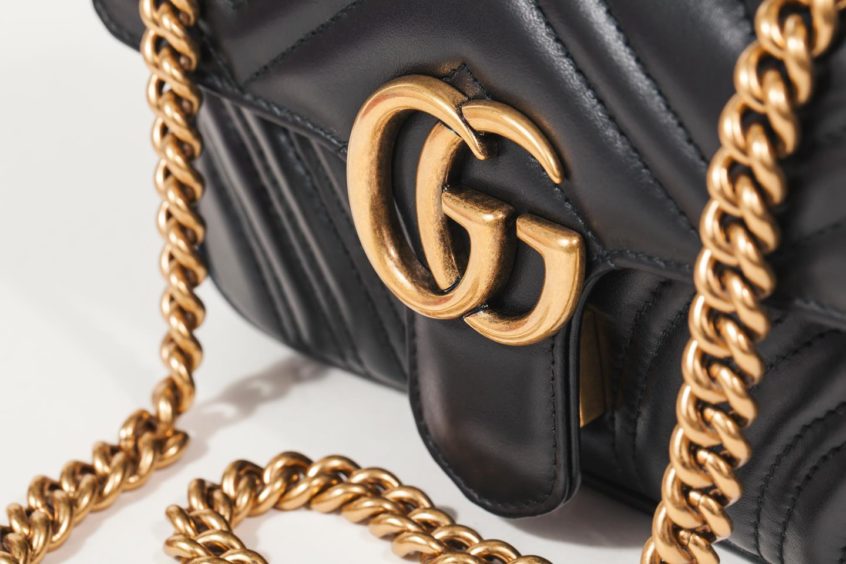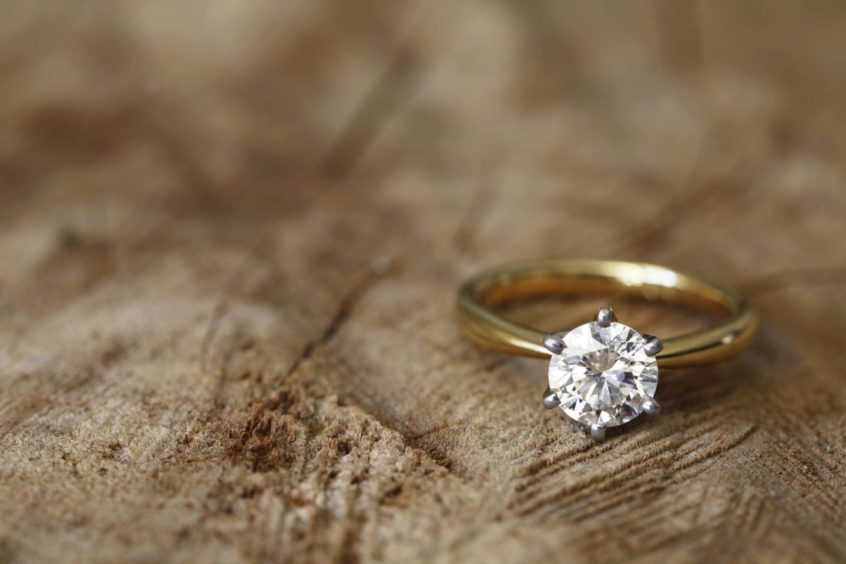The average value of people’s most prized possessions stands at nearly £5,000, with laptops, jewellery and bicycles topping the list of the most insured items, according to Confused.com.
Yet almost half of UK homeowners and renters (47%) are leaving their valuables at risk by not having any form of home protection in place, the financial services comparison website said.
‘Concerning’
It added: “This is concerning, given the fact the average value of a person’s most prized possession stands at a hefty £4,989.
“It’s not surprising this value is so high, as almost all age groups claim their most valuable possession is some form of technology – such as computers, laptops and cameras.
“However, for those aged 65 and over, jewellery, including diamond rings, bracelets, and necklaces, tops the list.”
Hearing aids are the most valuable item for those aged 71-75, while 21-to-25-year-olds cherish their technology most, with PC accessories, mobile phones and televisions high up the list, research by Confused.com found.
Clothing is also highly valued by the younger age group but around one in six (10%) people won’t wear their most prized possession in case it is stolen.
Nearly one in five (19%) are concerned about taking high-value items out in public, in case they get lost or damaged.
More than two-fifths (44%) of people consider their most valuable item to be something they’ve purchased themselves, while nearly one-third (31%) would say their most prized possession has been gifted to them.
The most popular hiding places for valuables include in a safe (23%), secret compartments in furniture (21%) and in among clothes (17%).
More than two in five people (41%) have set up home security in order to protect their possessions, with nearly two in three (64%) opting for alarm systems, almost half of us (46%) setting up cameras and more than two-fifths (44%) installing safes in the home.
Why ‘valuables’ are so important for your home insurance
Meanwhile, one in eight (12%) people surveyed were confused about whether or not treasured items were covered on their home insurance.
Nearly one-third (31%) had added their special items onto their home insurance, while just 6% had taken out separate insurance. More than one in five (22%) had done both.
The most popular items to be quoted for insurance across all age groups are laptops, followed by jewellery and then bicycles. Other popular items include musical instruments, audio equipment and golfing gear.
On average, those who’ve taken out extra insurance have spent £241. Some have paid significantly more, with nearly one in 10 (10%) paying more than £600 to protect their special belongings.
It’s so important to ensure our prized possessions are properly covered by insurance.
Jessica Willock, Confused.com
Confused.com has produced a new guide on how to protect prized possessions.
The website’s home expert, Jessica Willock, said: “With almost half of Brits failing to put any security measures in place to protect their valuables, it’s so important to ensure our prized possessions are properly covered by insurance.
“But it can be confusing to know what counts as a high-value item, or what level of cover is needed to properly protect it.
“Our handy guide offers some clarity on how to best look after our prized possessions and exactly what’s covered.”
Loyal policyholders won’t have to miss out on cheaper home and car insurance deals
Schools across the north-east benefit from some expert financial education



